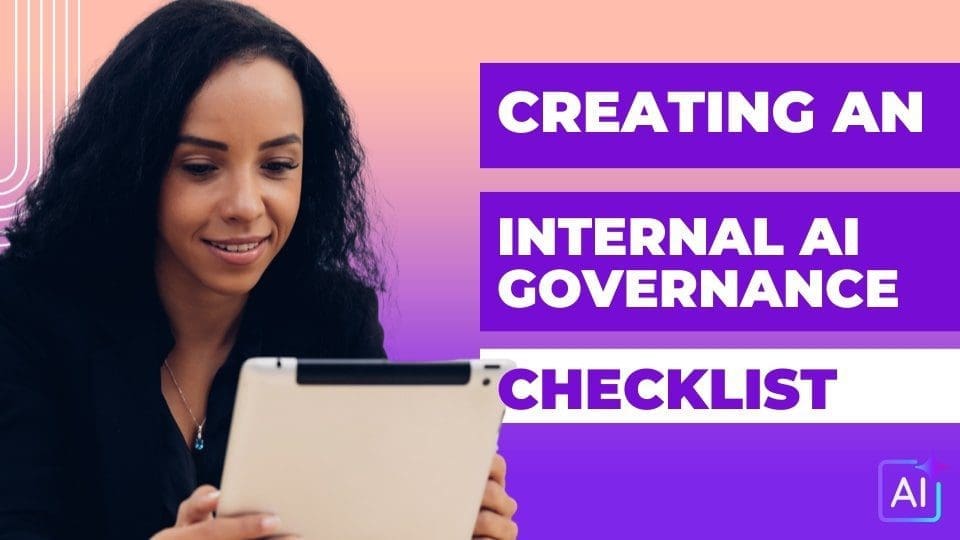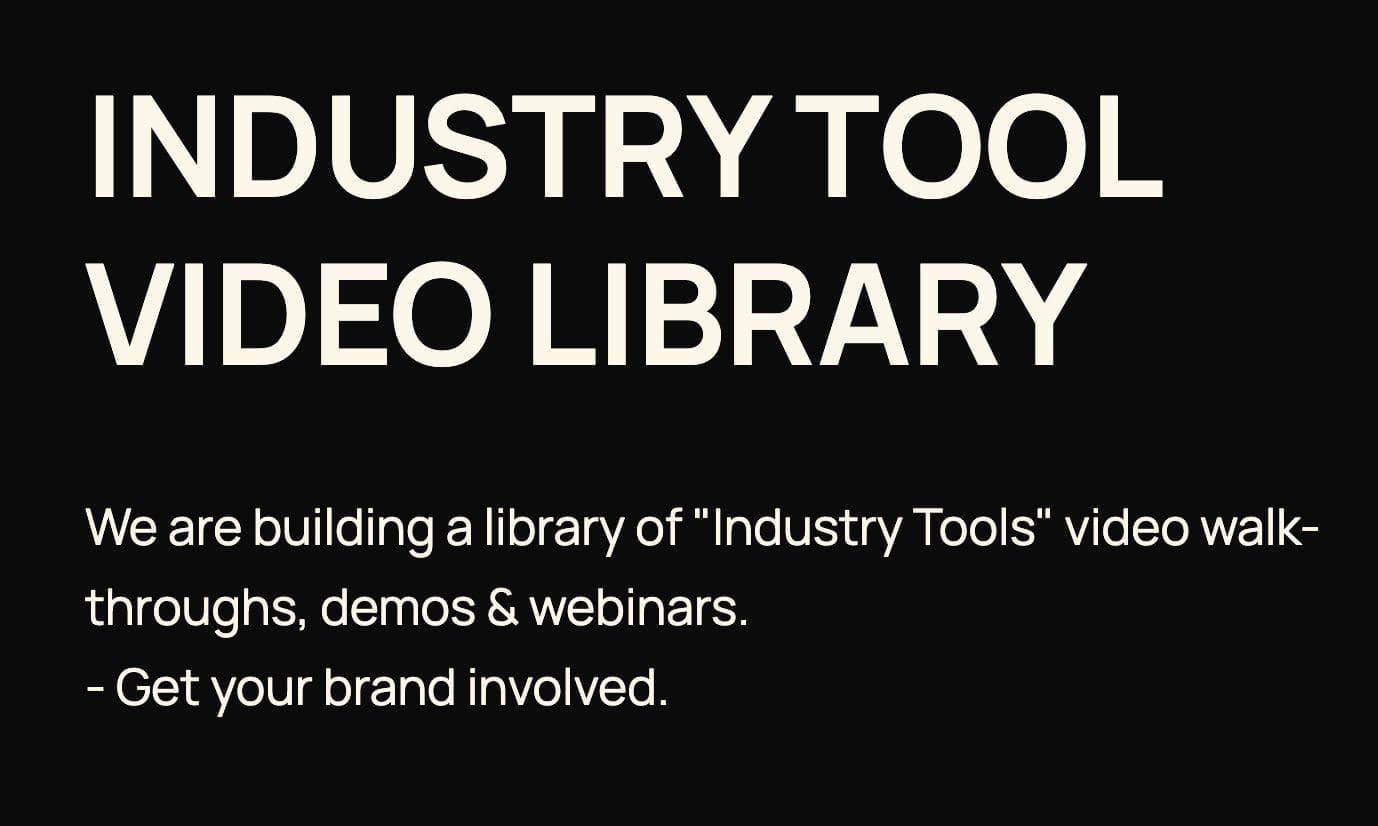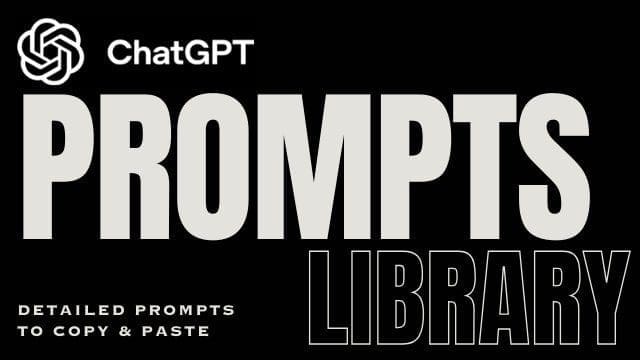AI Learning Centres:
- AI – Learn The Basics
- Get The Most From ChatGPT
- Branding in The Age of AI
- AI for Client Experience
- AI For Prospecting
- AI For Marketing
- AI For Listings & Ads
- Team Adoption of AI
- AI For PM
- AIO & Generative Search
- AI For Operations & Efficiency
- AI For Market Research & Analysis
- AI Ethics, Privacy & Compliance in Real Estate
Digital Marketing & Social Media Learning Centres:
Guides & Downloads
This guide is general information, not legal advice. In no way can you rely on this as legally correct and cannot be taken as advice. Please talk to a privacy lawyer familiar with the real-estate sector.
Why Your Agency Needs AI Governance
Even smart AI can make mistakes or break the law if no-one is watching. A simple, plain-English governance checklist helps you:
Protect client data and stop privacy breaches
Follow the Privacy Act 1988 and new OAIC guidance on AI privacy (OAIC)
Lower legal and brand risk by showing regulators you are in control
Build trust with sellers, buyers and your own team
Governance Framework Snapshot
| Domain | Goal | Key Actions | Main Reference |
|---|---|---|---|
| Strategy & Policy | Set clear rules for why and how you use AI | Publish an “AI Acceptable-Use Policy” and link it to business goals | ISO/IEC 42001 AIMS (ISO) |
| Risk Management | Spot and rank AI risks early | Use a simple risk matrix and keep it with each project file | NIST AI RMF 1.0 (NIST) |
| Data Privacy | Keep personal data safe | Apply “privacy by design” before launch | OAIC Privacy Guidance (OAIC) |
| Accuracy & Quality | Stop bad advice reaching clients | Test models on real property data before use | ISO 23894 Risk Management (ISO) |
| Accountability & Transparency | Know who approves and who fixes | Name an “AI Accountable Officer” on every project | Digital Govt AI Policy (digital.gov.au) |
| Security | Guard against cyber threats | Run regular pen-tests and keep access logs | — |
| Vendor & Tool Control | Buy safe third-party tools | Use the Vendor Vetting Checklist (below) | — |
| Continuous Improvement | Learn from wins and mistakes | Hold quarterly AI health checks | ISO/IEC 42001 (ISO) |
Roles and Responsibilities
| Role | Typical Position | Key Duties |
|---|---|---|
| AI Governance Lead | Operations or Compliance Manager | Own the governance framework, chair monthly review meetings |
| Privacy Officer | Existing Privacy / Data lead | Check data-handling steps match the Privacy Act |
| IT / AI Manager | Tech lead or external MSP | Build and monitor AI systems, manage security |
| Training Champion | Lead Agent or HR | Run staff training, capture feedback |
| Vendor Liaison | Procurement or Finance | Complete due-diligence on every new AI tool |
| Front-Line Agent | Sales or Property Manager | Use AI tools only inside approved guard-rails |
End-to-End Workflow
Idea – Team member submits an AI Idea Form.
Triage – Governance Lead applies the “AI Risk Screener” (see checklist).
Approval – If medium or high risk, Leadership signs off.
Build / Buy – IT Manager designs or selects tool, follows Vendor Vetting steps.
Pilot – Small test with dummy or masked data, measure accuracy.
Go-Live – Privacy Officer signs Data Checklist, Governance Lead records Approval ID.
Monitor – Automated logs plus monthly spot checks.
Review – Quarterly “AI Health Check” meeting; update policy if needed.
Core Checklists
1. AI Risk Screener (tick before project starts)
☐ Does the tool handle personal data?
☐ Does it give advice that could influence pricing or contracts?
☐ Could a wrong answer cause legal or financial harm?
☐ Is any output disclosed to clients?
☐ Are you fine-tuning or training on customer data?
Action: If you tick one or more, the project is Medium Risk – needs formal approval.
2. Data Privacy & Security
☐ Data mapping done and stored location recorded
☐ Only the minimum data fields are used (data minimisation)
☐ Data encrypted in transit and at rest
☐ Access is role-based and logged
☐ Retention schedule set and matches agency policy
3. Model Lifecycle
☐ Training data reviewed for bias
☐ Validation accuracy ≥ 95 % on local property examples
☐ Human review process in place for critical outputs
☐ Retraining calendar set (e.g. every 6 months)
☐ Model version number recorded in Change Log
4. Third-Party Vendor Vetting
☐ Vendor shares security and privacy certificates (ISO 27001 or equal)
☐ Contract includes breach-notification duty within 72 hours
☐ Clear clause on ownership of outputs and data
☐ Local data-centre or approved cross-border transfer safeguards
☐ Exit plan and data-deletion steps agreed
5. Ethical Use & Compliance
☐ Tool can explain its answers in plain language
☐ No discrimination on protected attributes (gender, race, etc.)
☐ Marketing content follows truth-in-advertising rules
☐ Disclosure label used for AI-generated images or copy
☐ Complaints channel listed in client-facing materials
6. Training & Awareness
☐ New-starter AI induction (15 min) completed
☐ Annual refresher session booked in HR calendar
☐ Quick-read AI Do’s & Don’ts poster in office and intranet
☐ Incident-report form link shared with all staff
Continuous Monitoring & Improvement Workflow
Auto-Logs – IT Manager exports weekly log summary.
Spot Checks – Governance Lead randomly audits 10 AI outputs per month.
Incident Handling – Any breach triggers 24-hour response plan; Governance Lead reports to Privacy Officer.
Metrics Dashboard – Track accuracy, complaints, time saved.
Quarterly Review – Adjust risk scores, update checklists, retire low-value tools.
Documentation & Audit Trail
AI Idea Forms, Risk Screener, Approval IDs, Vendor contracts and Privacy Impact Assessments (PIAs) stored in a shared “AI-Governance” folder.
Keep each document for 7 years to match record-keeping rules.
Use version numbers (v1.0, v1.1…) and lock PDF copies after sign-off.
Quick-Start 90-Day Roadmap
Week 1–2: Draft AI Policy and Idea Form.
Week 3–4: Appoint Governance Lead and Privacy Officer.
Week 5–6: Run a “tool census” – list every AI plug-in, add-on or app in use.
Week 7–9: Apply Vendor Vetting; shut down any “shadow-AI”.
Week 10–12: Train staff, post Do’s & Don’ts poster.
Week 13: First Quarterly AI Health Check – refine checklists.
Helpful Standards & Resources
ISO/IEC 42001:2023 – Artificial Intelligence Management System (ISO)
ISO/IEC 23894:2023 – Guidance on AI Risk Management (ISO)
NIST AI Risk Management Framework 1.0 (NIST)
Australian Digital Government AI Policy v1.1 (2024) (digital.gov.au)
OAIC Guidance on Privacy and AI (2024) (OAIC)
Use this checklist, adapt it to your size, and review it every quarter to keep your AI tools safe, compliant and valuable.
Author – Ken Hobson.







